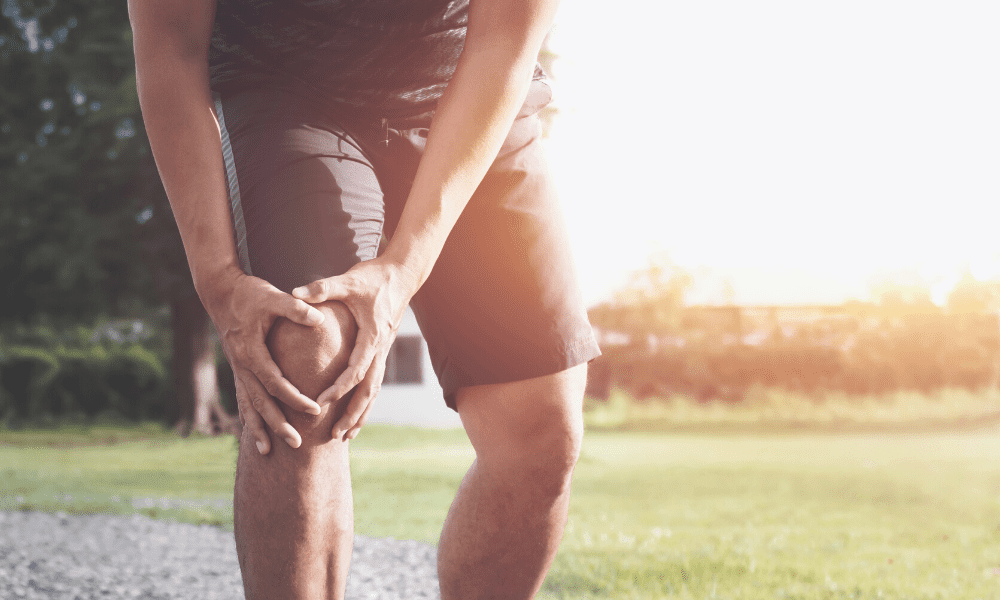Groin Pain: Causes, Treatment And How To Prevent It
The groin muscles are delicate and sensitive, and they can get injured during simple activities such as walking, jogging, or playing football. Severe pain in the inner part of your thighs that prevents you from standing or walking normally, or even not being able to sit comfortably, are some recurrent and huge indicators you might have damaged the groin muscles.
These muscles run from the inner thighs until the pelvic bone region. They coordinate our bodies and help in activities like walking, jumping, or shooting a ball. Damaging these muscles will make the groin region painful and possibly inflamed.
Now that you’re familiar with some of its causes, you might have diagnosed yourself with groin pain and might be looking for ways to heal from it, right? Keep scrolling down, and BCWNYC will help you treat and prevent any symptoms of groin pain from now on.
What else causes Groin Pain?
Many conditions may cause groin pain. This form of pain is a symptom of osteoarthritis (OA), femoral acetabular impingement syndrome, adductor tendinopathy, and osteitis pubis, for example.
The names might be a bit complicated, and you might not have heard of them ever before, so be happy: that means the chances you are suffering from them are smaller than people who have heard of; in other words, good news.
More common conditions that make you suffer from groin pain are hernias, abdominal muscle or tendon strain, or prostate problems. Even though the names may not scare you as much, they can have unpleasant effects on your routine, and not treating them may lead to more severe conditions. That means, if you suspect you’re suffering from groin pain, it is advisable to start thinking about getting treated; and, if the pain persists for more than two days, you should visit a specialist who can help you heal from it.
How can I heal from groin pain?
Physiotherapy
First, the physiotherapist will work with the diagnosis, possibly applying the following tests:
- Motion test: move the leg that was reported to be in pain slowly from side to side, testing its reach and whether there is pain from lateral movements.
- Strength test: the specialist will apply pressure to your leg in some direction and ask you to resist the procedure. In this case, you will have to push your leg, and the pain will probably come out. Depending on the intensity, the specialist will finish the diagnosis and ask for imaging exams or advance to the next test.
- Palpation test: the specialist will look for noticeable signs on touch if the ligaments are severely damaged around where the pain was reported. To conclude the diagnosis, it might be necessary consultation with an orthopedist.
Physiotherapeutic treatment will occur in the specialist’s room but also continued with at-home exercises. Since most joint conditions heal naturally as long as we offer our bodies a proper environment, taking care of the body condition at home is a core part of the healing process.
In short, the therapeutic process serves to intensify the self-healing process and accelerate its results.
Chiropractic Care
Chiropractic Care is the most viable alternative medicine treatment for joint strains, and groin pain treatment is not different.
In addition to applying physical therapy procedures, the chiropractor will perform joint adjustments and possibly use dry needling to treat your groin pain.
The chiropractor’s first goal will be to identify the causes of pain through a conversation with the patient, who is supposed to report when the pain started and what possibly caused it. Chiropractic care can efficiently treat local inflammation in the following regions of the body:
• Pelvis
• SI Joint
• Hip
• Groin Area
• Knee
• Low Back
Chiropractors can provide physiotherapeutic procedures like massage and soft tissue work, but they are also able to identify misalignment and restrictions on the joints in the area and correct them.
By the third visit, you will have probably started to feel great pain relief, and the results will be unbelievable, as patients with groin pain treated in our clinic have reported after some sessions.
Look for a Doctor
In most cases, resting and receiving physical therapy should be enough. For persistent pain, though, chiropractic may be the best option.
However, to treat severe groin pain that won’t relieve after physical therapy, looking for a doctor is highly recommended. Since it might be being caused by a dangerous condition, it needs specific exams that look for inflammation inside the joints.
In this case, the doctor will likely request an arthroscopy exam and some imaging. These procedures are used to diagnose several joint conditions in the knee, shoulder, neck, or hip.
On the exam, the surgeon will insert a narrow tube, with a fiber-optic camera, through a small incision. The view inside the joint will be transmitted in a video to a monitor, and the doctor will look for any damage to the labrum and articular cartilage to be repaired or removed.
How can I prevent myself from getting hurt again?
Basically: prepare your body for tension before exercising. In other words, stretching properly.
Escaping from a sedentary lifestyle, working out, and receiving chiropractic care are great ways to prevent further injury.
Due to the remote work routines of this century’s work model and the return to a normal life after the pandemic, many people have gotten eager to exercise and enjoy life thinking tomorrow isn’t promised. We are tired of staying inside and avoid social interaction.
In this situation, it is expected we hurt our muscles at some point. To avoid it, make sure you’re doing your best to keep your body healthy: practice dynamic stretching before exercising and static stretching after you’re done. By that, you’ll prepare your body to receive strain before you start and also to relax after receiving stress, avoiding sore muscles and post-exercising pain.

